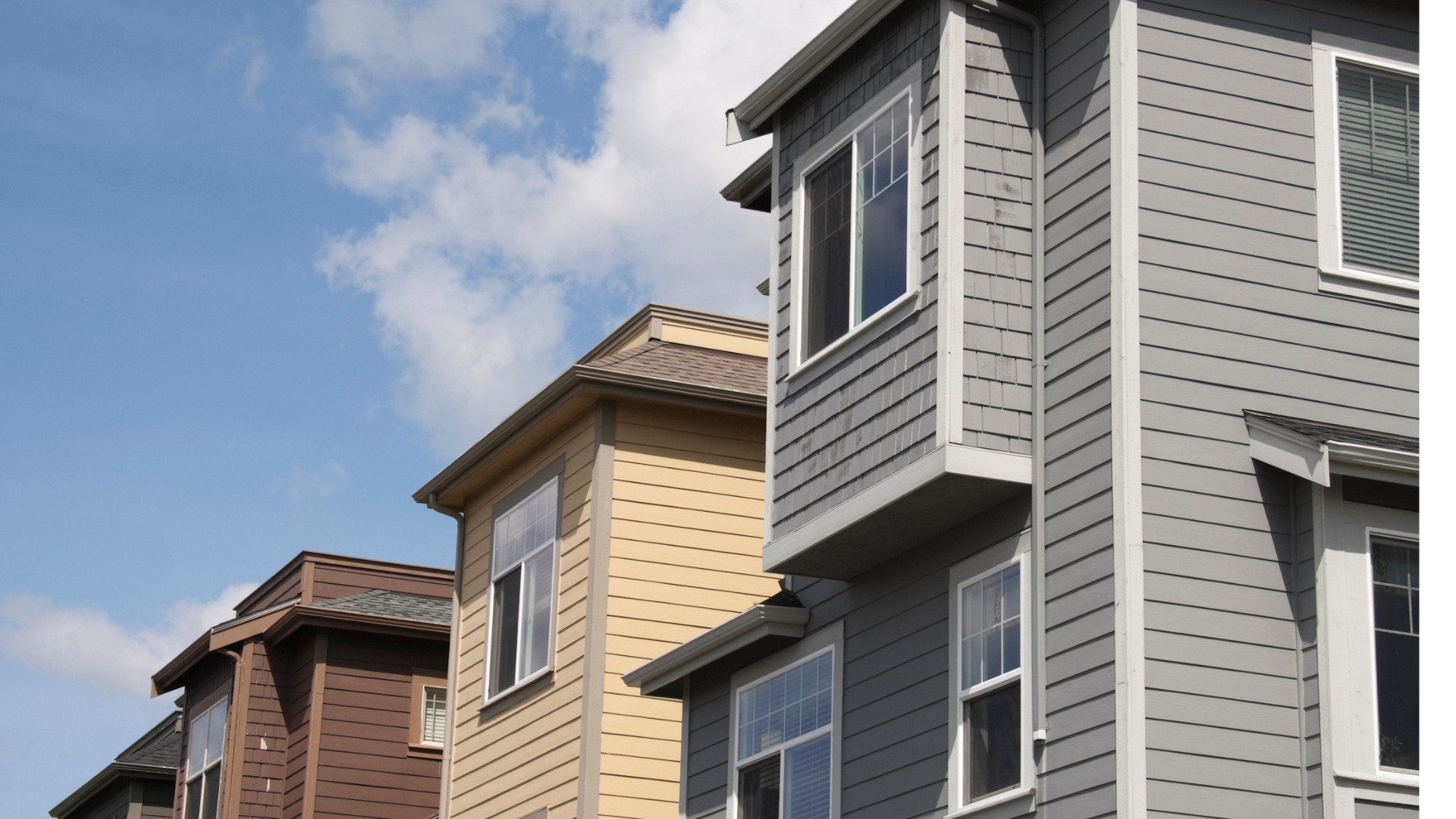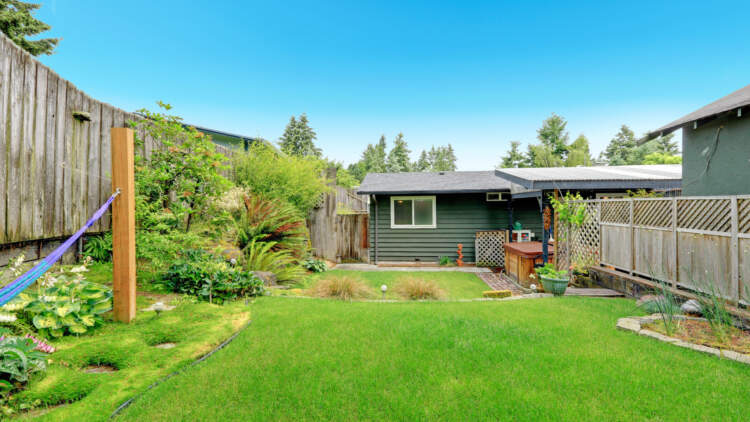
The B.C. government is expanding the province’s Speculation and Vacancy Tax to include 13 new municipalities.
 Source: Global News
Source: Global News
The province’s Speculation and Vacancy Tax will apply to more empty homes in B.C. starting from 2025.
The B.C. government is expanding the reach of the Speculation and Vacancy Tax by including 13 new municipalities. This tax, initially applicable to empty homes in Metro Vancouver, the Capital Regional District, and Kelowna, will now extend to properties in Vernon, Coldstream, Penticton, Summerland, Lake Country, Peachland, Courtney, Comox, Cumberland, Parksville, Qualicum Beach, Salmon Arm, and Kamloops.
Finance Minister Katrine Conroy highlighted the urgent need for action, emphasizing the housing crisis’s economic impact and its contribution to labor shortages.
The government aims to increase affordable housing options through measures like the speculation tax.
While some areas, such as Whistler, Tofino, the Sunshine Coast, and the Gulf Islands, remain exempt, an independent review in 2022 credited the tax with delivering over 20,000 homes in Metro Vancouver.
The report recommended expanding the tax to additional communities, leading to its current extension.
Starting January 2025, residential property owners in the newly included communities must submit declarations based on their property usage in 2024. Exemptions exist for primary residences, homes rented to long-term tenants, and certain health-related situations.
Housing Minister Ravi Kahlon emphasized the imbalance caused by vacant investment homes, stressing that homes should serve communities rather than being held for speculation. The delayed implementation until 2025 allows property owners time to meet exemption requirements.
Over 99% of B.C. residents are exempt from the tax, and since its inception in 2018, the province has raised over $313 million through the Speculation and Vacancy Tax, earmarked for affordable housing in applicable regional districts.
North Cowichan mayor Rob Douglas underscored the housing crisis’s impact on communities like his, where rising home prices and minimal rental vacancies pose significant challenges for working families.
To read more local news and updates please check our BLOG PAGE
To view Geoff Jarman’s Listings CLICK HERE

Prepare for a paradigm shift in the landscape of British Columbia’s single-family neighbourhoods.
Currently occupying a significant 70% of land area but housing less than 20% of the population due to existing zoning bylaws, these neighbourhoods are on the brink of a transformative revolution.
In Vancouver, the metamorphosis of single-family neighbourhoods has been underway for the past two decades.
While basement suites have been a common addition, it wasn’t until 2004 that the city officially legalized them, a trend followed by other municipalities.
In 2009, Vancouver extended this evolution by allowing laneway homes on many lots, with an estimated 5,400 built since. Now, the next phase of transformation is looming.
September marked a pivotal moment as Vancouver City Council greenlit new zoning bylaw changes, ushering in the era of ‘multiplexes’ on single-family lots.
These changes also simplified regulations for all RS (single-family) zones.
Unlike the past, where only the main house, basement suite, and laneway house were permissible on a single-family lot, the new rules allow for up to six dwellings, and up to eight if all are designated as rentals.

Picture source: Canva
To incentivize the construction of multiple homes on these lots, the city increased the allowable floor space ratio (FSR) from 0.86 to 1.0.
This means that on a 5,000-square-foot lot, the total area of the dwellings can now reach 5,000 square feet.
Under the revamped zoning, three-storey buildings are now permitted, with a maximum allowable height of 36 feet.
Importantly, ownership and rental housing can coexist under the new multiplex zoning.
Dwellings may be strata-titled and sold, or some units may remain in affordable ownership or rental.
However, one of the most significant changes is the elimination of off-street parking requirements under the new multiplex zoning. While builders may opt to provide parking, it’s no longer a mandatory stipulation.
In terms of affordability, estimates suggest new homes could range from $2.8 million for a standard east side lot to $1.1 million for a fourplex unit.
The proposed provincial legislation, allowing secondary suites and laneway homes on every lot in smaller communities, will further expand the impact of this revolution.
This zoning overhaul isn’t just about changing buildings; it’s about reshaping communities, affordability, and the very fabric of living in British Columbia’s single-family neighbourhoods. The winds of change are blowing, and the future promises a more diverse and accessible housing landscape.
To read more local news and updates please check our BLOG PAGE
To view Geoff Jarman’s Listings CLICK HERE
Single-Family Neighbourhoods in British Columbia





